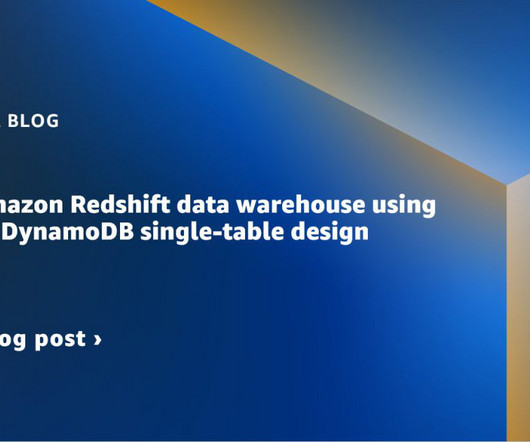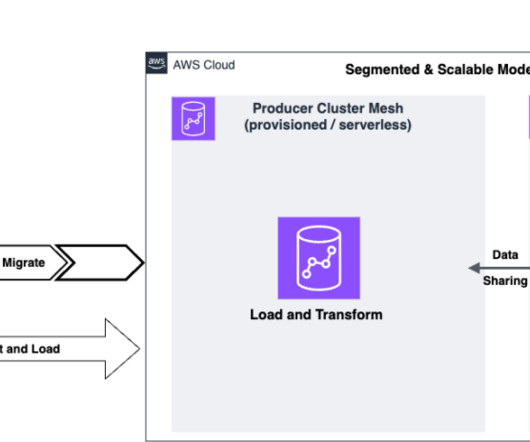BI Cubed: Data Lineage on OLAP Anyone?
Octopai
JANUARY 21, 2020
This is how the Online Analytical Processing (OLAP) cube was born, which you might call one of the grooviest BI inventions developed in the 70s. OLAP cube is designed as a solution to pre-compute totals and subtotals when the database server is idle. Saving time and headaches with online analytical processing tool.















Let's personalize your content